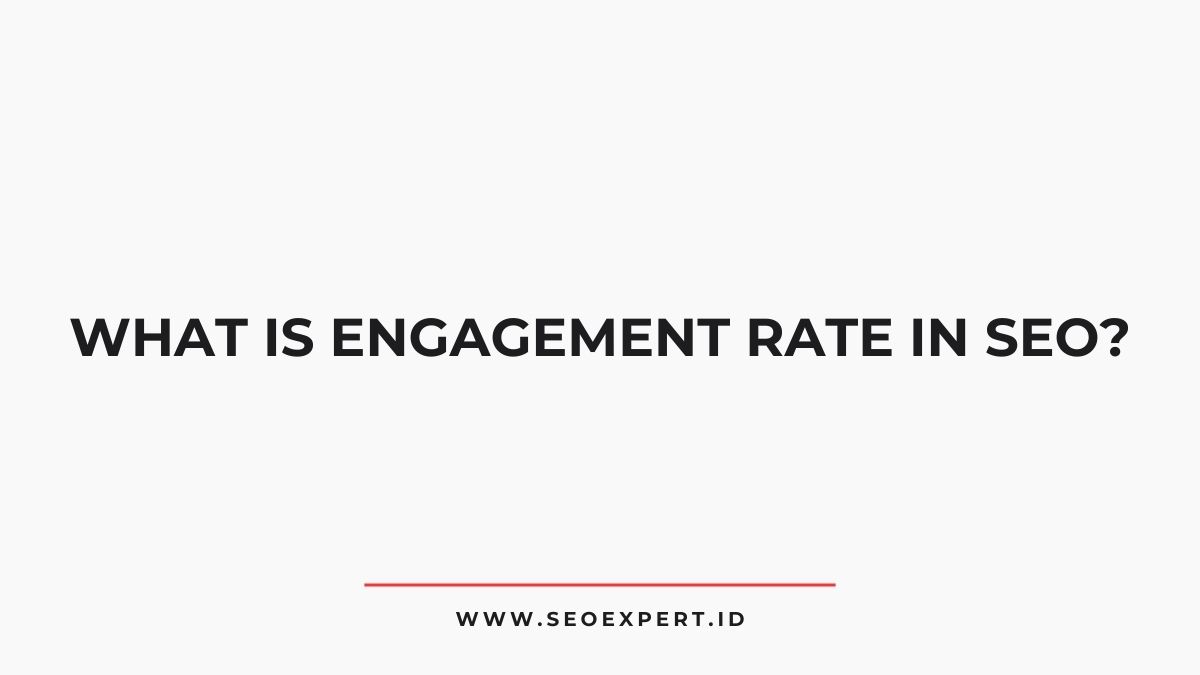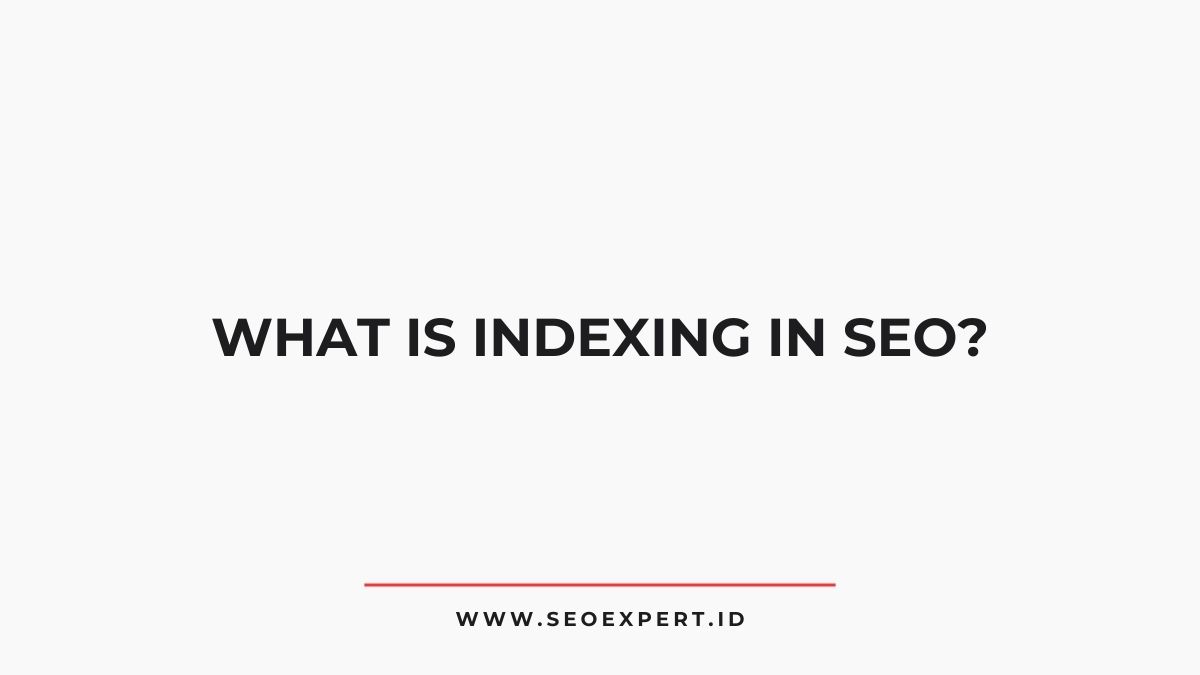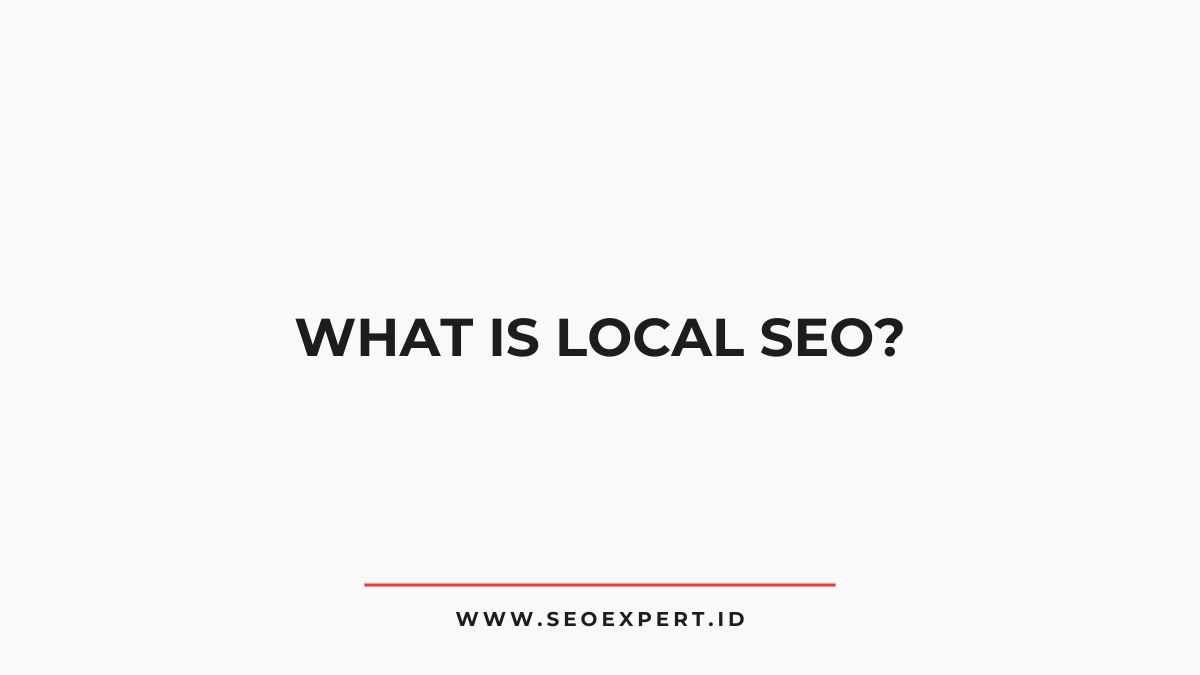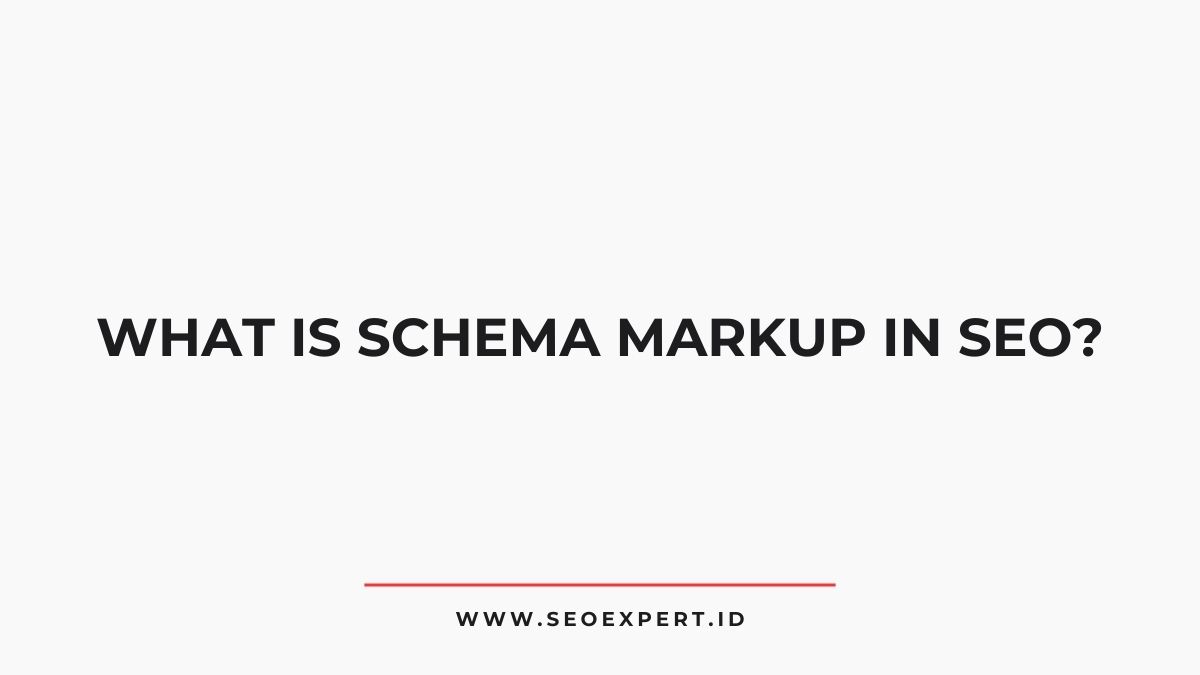Engagement rate in SEO quantifies user interactions with digital content, such as clicks and shares, in relation to its visibility. It is calculated as a percentage by dividing total engagements by total impressions or reach.
NeuronWriter
Enhance your SEO strategy and create content that ranks high with semantic recommendations.
A higher engagement rate indicates that content is resonating well with the audience, enhancing its relevance and visibility in search engine results.
Understanding this metric is essential for optimizing content strategies, and further insights can be uncovered regarding its impact on SEO performance.
Summary of Key Points
Hide- Engagement rate measures user interactions with content, including clicks, shares, and comments, expressed as a percentage of total impressions or reach.
- It serves as a crucial indicator of content performance in SEO, reflecting audience engagement and content quality.
- Higher engagement rates can improve search engine rankings by indicating content relevance and encouraging longer on-site user retention.
- Key metrics influencing engagement include bounce rate and time on page, providing insights into user interest and content effectiveness.
- Tools like Google Analytics and social media analytics help measure and analyze engagement rates to inform content strategy and enhance user experience.
Defining Engagement Rate
Engagement rate serves as a critical metric in evaluating the effectiveness of digital content, particularly within the domain of search engine optimization (SEO).
It quantifies the level of interaction users have with content, encompassing actions such as clicks, shares, comments, and time spent on a page.
This metric is typically expressed as a percentage, calculated by dividing the total engagement actions by the total impressions or reach of the content.
A higher engagement rate indicates that users find the content relevant and valuable, which can enhance visibility in search engine results.
The Importance of Engagement Rate in SEO
While numerous metrics can be assessed to gauge the success of digital content, the engagement rate stands out as a pivotal indicator of content performance in SEO. This metric not only reflects audience interaction but also serves as a proxy for content relevance and quality.
A higher engagement rate signifies that users find the content valuable, which can lead to improved rankings in search engine results. Additionally, search engines prioritize content that keeps users on-site longer, suggesting that engagement directly influences visibility.
How Engagement Rate Is Calculated
Understanding how engagement rate is calculated is fundamental for optimizing content effectiveness in SEO.
Engagement rate is typically computed by dividing the total number of engagements—such as likes, shares, comments, and clicks—by the total number of impressions or reach, then multiplying by 100 to express it as a percentage.
This metric provides insight into how well content resonates with the audience.
For instance, a higher engagement rate indicates that the content is compelling and relevant, fostering user interaction. Conversely, a low rate may signal a disconnect between the content and its intended audience.
Accurate calculations enable marketers to assess performance trends and refine strategies, ensuring that resources are allocated effectively to enhance user engagement and overall SEO success.
Factors Influencing Engagement Rate
Several critical factors influence engagement rates in SEO, particularly content quality and relevance as well as user experience design.
High-quality, pertinent content captures user interest, while effective user experience design facilitates seamless interaction with the website.
Together, these elements serve to enhance user engagement, ultimately impacting overall SEO performance.
Content Quality and Relevance
Content quality and relevance serve as essential determinants of engagement rate, as they directly influence user interaction and satisfaction. High-quality content not only attracts users but also retains their attention, fostering a deeper connection with the material.
To enhance engagement rates, content should focus on the following key factors:
- Accuracy: Confirming that information is factually correct builds trust and credibility among users.
- Originality: Unique perspectives and insights differentiate content, making it more appealing and shareable.
- Relevance: Tailoring content to meet the specific interests and needs of the target audience guarantees that it resonates effectively.
User Experience Design
User experience design greatly impacts engagement rates, acting as a bridge between high-quality content and user interaction.
Effective design elements, such as intuitive navigation, responsive layouts, and visually appealing interfaces, foster a seamless journey for users. When users can easily locate information, their likelihood of interacting with content increases markedly.
Additionally, load speed and mobile optimization are critical factors; slower sites often lead to higher bounce rates, diminishing engagement potential.
Moreover, incorporating accessibility features guarantees that all users, regardless of ability, can engage with the content.
Strategic user experience design not only enhances satisfaction but also encourages return visits, ultimately boosting engagement metrics.
Prioritizing user-centric design is essential for maximizing the effectiveness of SEO efforts.
Different Types of Engagement Metrics
Engagement metrics are critical in evaluating user interaction with content, with bounce rate and time on page serving as key indicators.
Bounce rate analysis reveals the percentage of visitors who leave a site after viewing only one page, while time on page measures user retention and interest in the content presented.
Together, these metrics provide valuable insights into user behavior and content effectiveness, informing strategic SEO decisions.
Bounce Rate Analysis
Bounce rate serves as an essential indicator of website performance, reflecting the percentage of visitors who leave a site after viewing only a single page. Understanding this metric can aid in identifying potential issues affecting user engagement.
The analysis of bounce rate can be categorized into three types:
- High Bounce Rate: Indicates possible content irrelevance or poor user experience.
- Low Bounce Rate: Suggests effective content that encourages further exploration of the site.
- Average Bounce Rate: Varies by industry but serves as a benchmark for evaluating performance relative to competitors.
A strategic approach to managing bounce rate involves optimizing content relevance, enhancing site navigation, and ensuring a secure browsing experience.
These strategies collectively foster user trust and encourage longer engagement.
Time on Page
Analyzing user behavior on a website extends beyond bounce rate to include metrics such as time on page, which provides deeper insights into content effectiveness and user interactions.
Time on page measures the duration a visitor spends on a specific webpage, serving as a significant indicator of engagement.
Longer time on page often correlates with high-quality content that captures user interest, while shorter durations may signal content that fails to meet expectations.
This metric can be segmented further into categories, such as average time across different content types or user demographics, allowing for targeted adjustments to improve user experience.
Strategies to Improve Engagement Rate
While many website owners focus primarily on traffic volume, understanding the nuanced strategies to improve engagement rate is essential for achieving sustainable online success.
Implementing targeted strategies can greatly enhance user interaction and satisfaction.
- Content Quality: Prioritize high-quality, relevant content that addresses user needs, fostering trust and encouraging deeper exploration of the site.
- User Experience (UX): Optimize site navigation and loading speed to create a seamless browsing experience, reducing frustration and increasing the likelihood of continued engagement.
- Interactive Elements: Incorporate features such as polls, quizzes, or comment sections to stimulate user interaction, making the website more engaging and personalized.
Tools for Measuring Engagement Rate
To accurately gauge engagement rate, website owners must utilize a variety of specialized tools designed to provide insightful data on user behavior.
Key platforms such as Google Analytics offer extensive metrics, including bounce rates, session duration, and page views, which are essential for measuring engagement.
Heatmapping tools like Hotjar allow for visual representation of user interactions, revealing areas of interest and potential friction points.
Additionally, social media analytics tools, such as Hootsuite, monitor engagement across platforms, helping to assess audience interaction.
Combining these tools enables a holistic view of user behavior, guiding strategic adjustments to enhance engagement.
Case Studies: Engagement Rate in Action
When examining real-world applications of engagement rate metrics, several case studies illustrate the profound impact these insights can have on website performance and user experience.
For instance:
- E-commerce Optimization: A retail site improved its engagement rate by 30% through personalized recommendations, leading to a 25% increase in conversion rates.
- Content Strategy Revamp: A blog analyzed user behavior and enhanced its articles, resulting in a 40% boost in average session duration and a 50% rise in social shares.
- Landing Page Redesign: A service provider revamped its landing page based on engagement metrics, achieving a 35% reduction in bounce rate and a 20% increase in sign-ups.
These examples underscore the critical role of engagement rate in driving strategic improvements that enhance user satisfaction and business outcomes.
Wrapping Up
In the intricate tapestry of SEO, engagement rate serves as a lively thread, weaving together user interaction and content relevance.
By understanding its nuances and employing strategic improvements, businesses can enhance their online presence. As the digital landscape continues to evolve, recognizing the value of engagement metrics will be paramount for success.
Ultimately, a higher engagement rate not only signifies user satisfaction but also elevates search engine rankings, creating a symbiotic relationship that can drive sustained growth.








